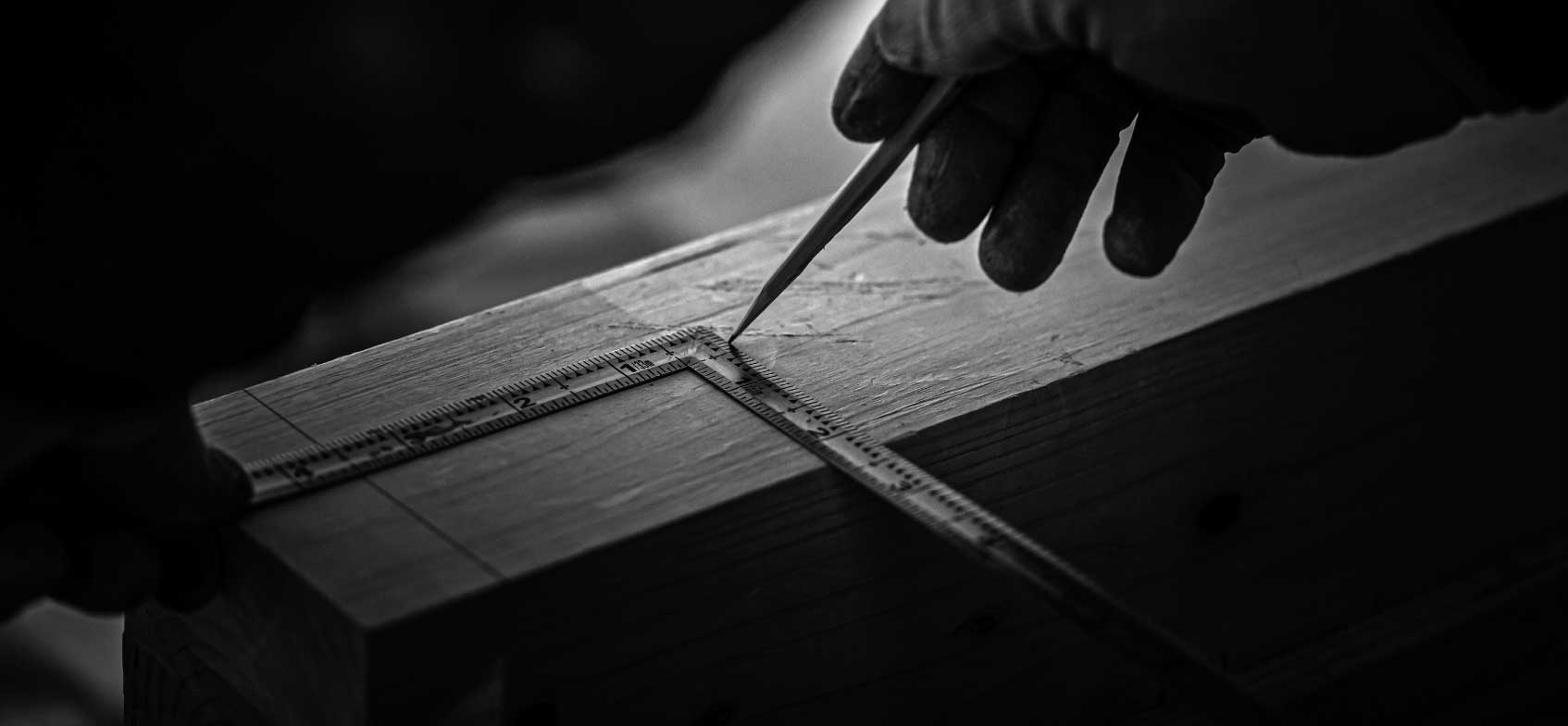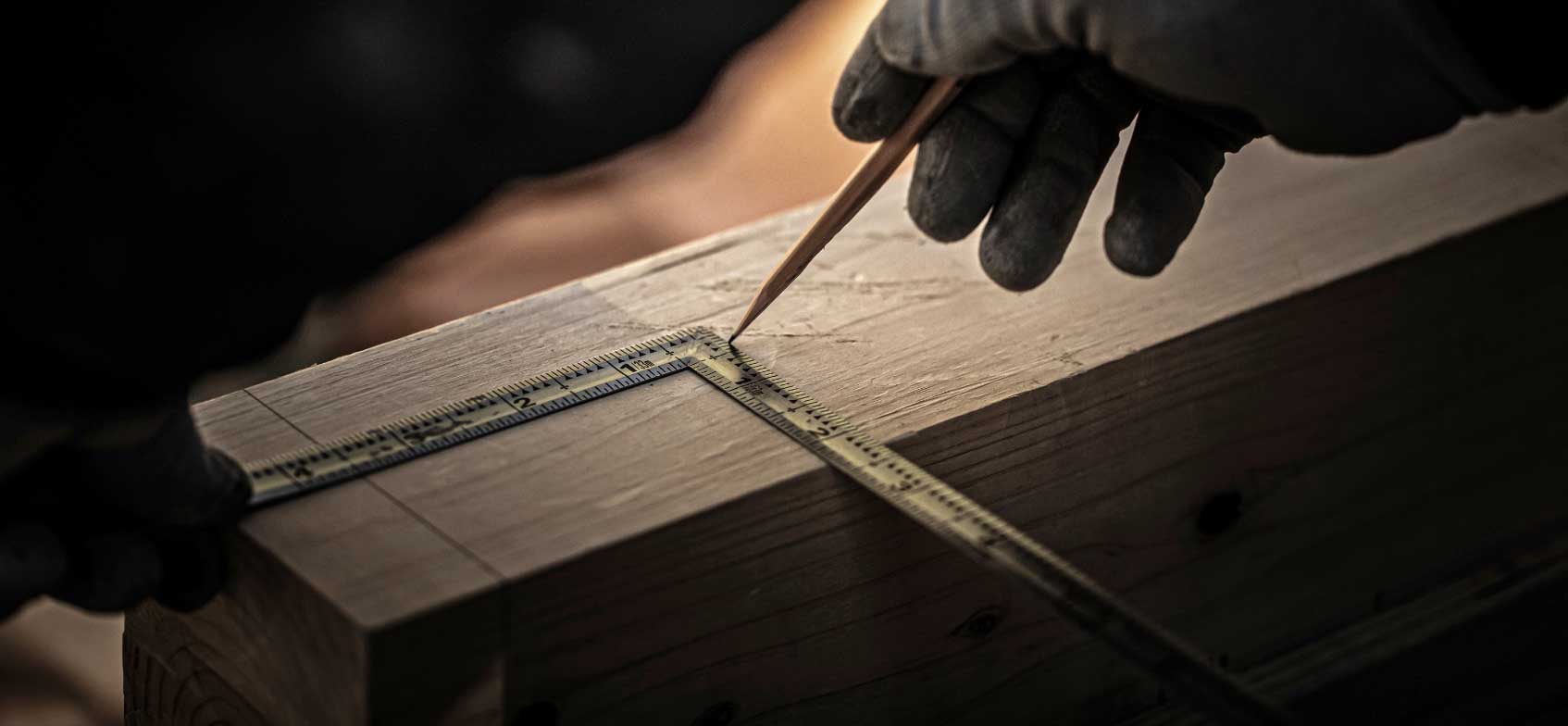BAUBIOLOGIE
IN JAPAN
FOR YOUR
SUSTAINABLE LIVING
Baubiologie adapted to Japanese climate and culture
Japanese Baubiologie was introduced from Switzerland
as a design method suitable for the 21st century as a customized form of Baubiologie,
and it has been recreated over a decade to suit Japanese climate and lifestyle.
The design methods from wide viewpoints,
such as to reduce greenhouse gas emissions, are unique and unrivaled.
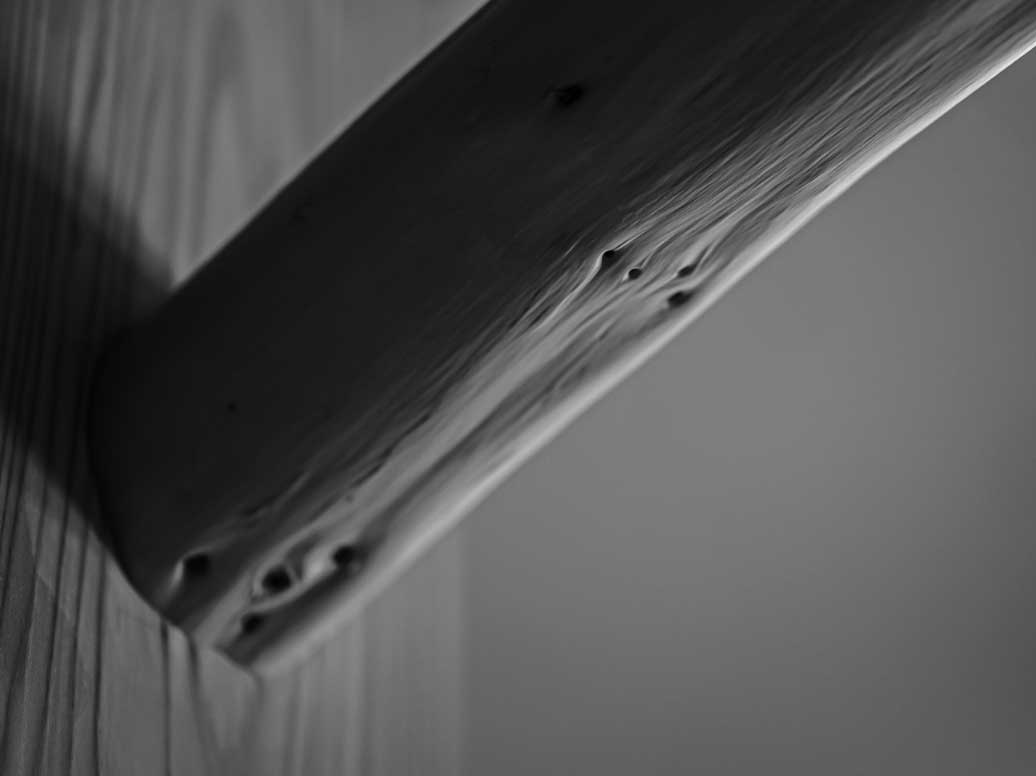
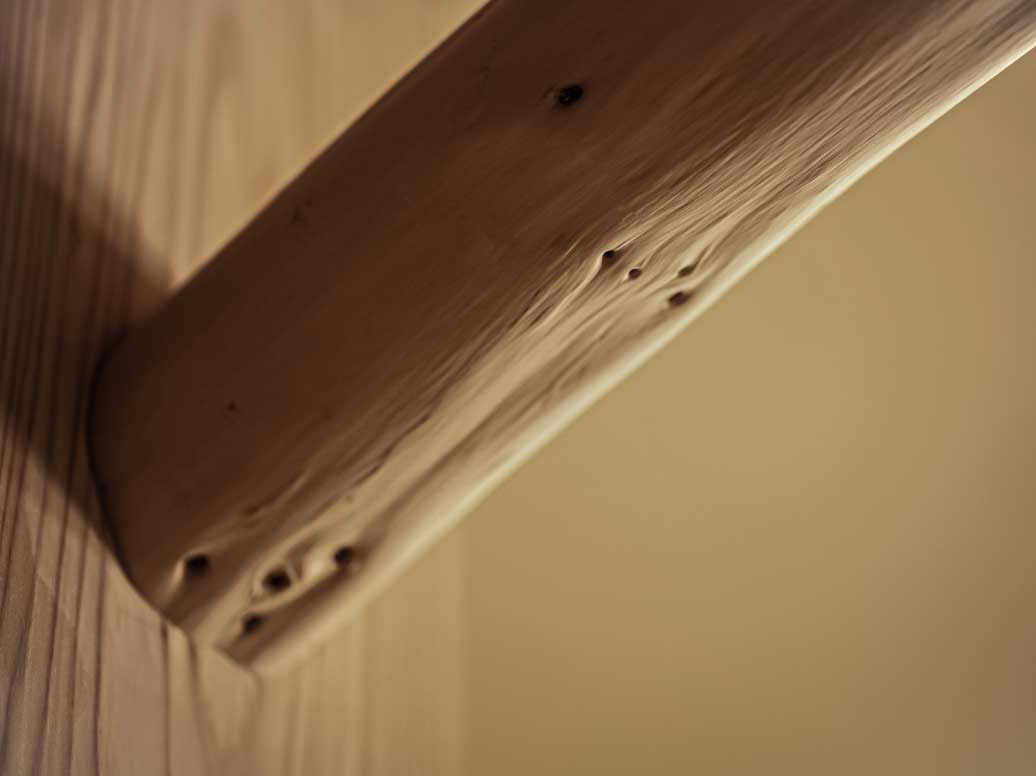
CURRENT CIRCUMSTANCES
OF ARCHITECTURES IN JAPAN
In Japan, house problems have been occurring frequently
that did not exist in the days
when houses were built with wood, paper and soil.
Above all, sick-house syndrome, which has become a social problem,
and the rise of allergies, are influenced by artificial building materials
that are made in pursuit of quickness, cheapness and easiness.
What chemicals are used and how do they affect human bodies?
Such questions were not focused upon.
Even some natural building materials are of poor quality.
We need to scrutinize the building materials for creating healthy houses.
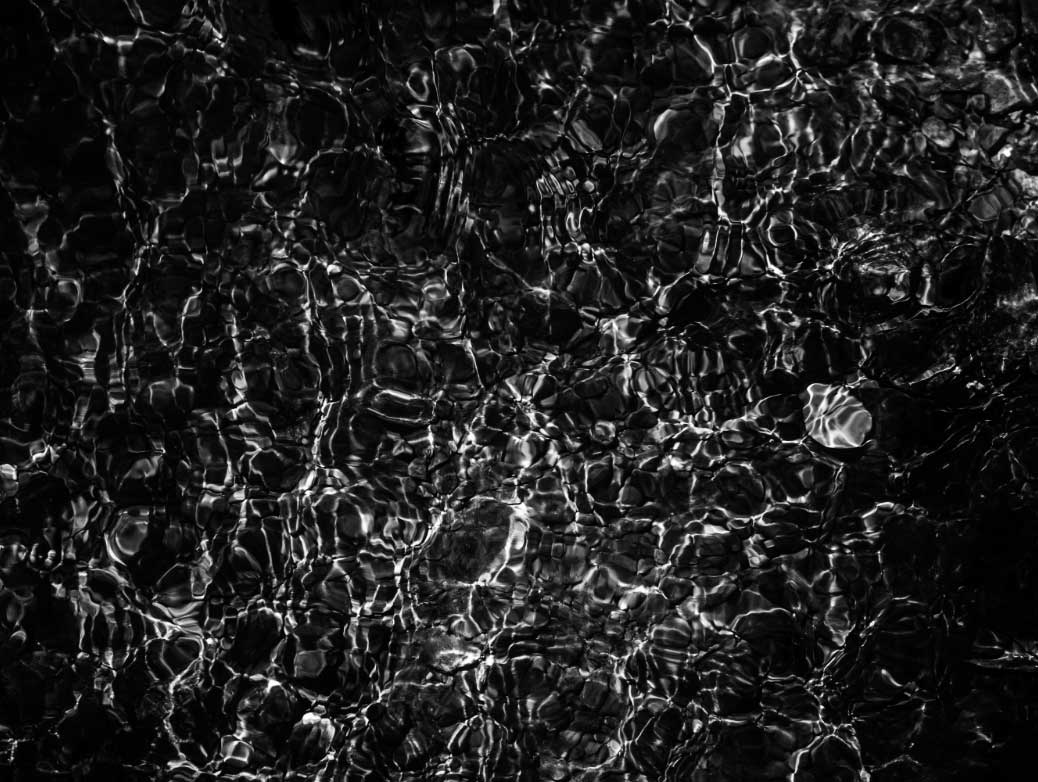

ABOUT JAPANESE BAUBIOLOGIE
In general, Japanese are good at absorbing technology imported
from overseas and improving it in a way that suits us.
However, we cannot say that the idea of Baubiologie has been pervasive.
One of the reasons is that each item to consist of a house,
such as natural building materials, sunlight, and adhesives,
is categorized individually and separately, rather than as one unit.
There is an increasing number of houses where consideration
is given to natural building materials and lighting individually,
but what is truly necessary is to consider all the factors
in a well-balanced manner as a whole and construct houses
that match the land and environment.

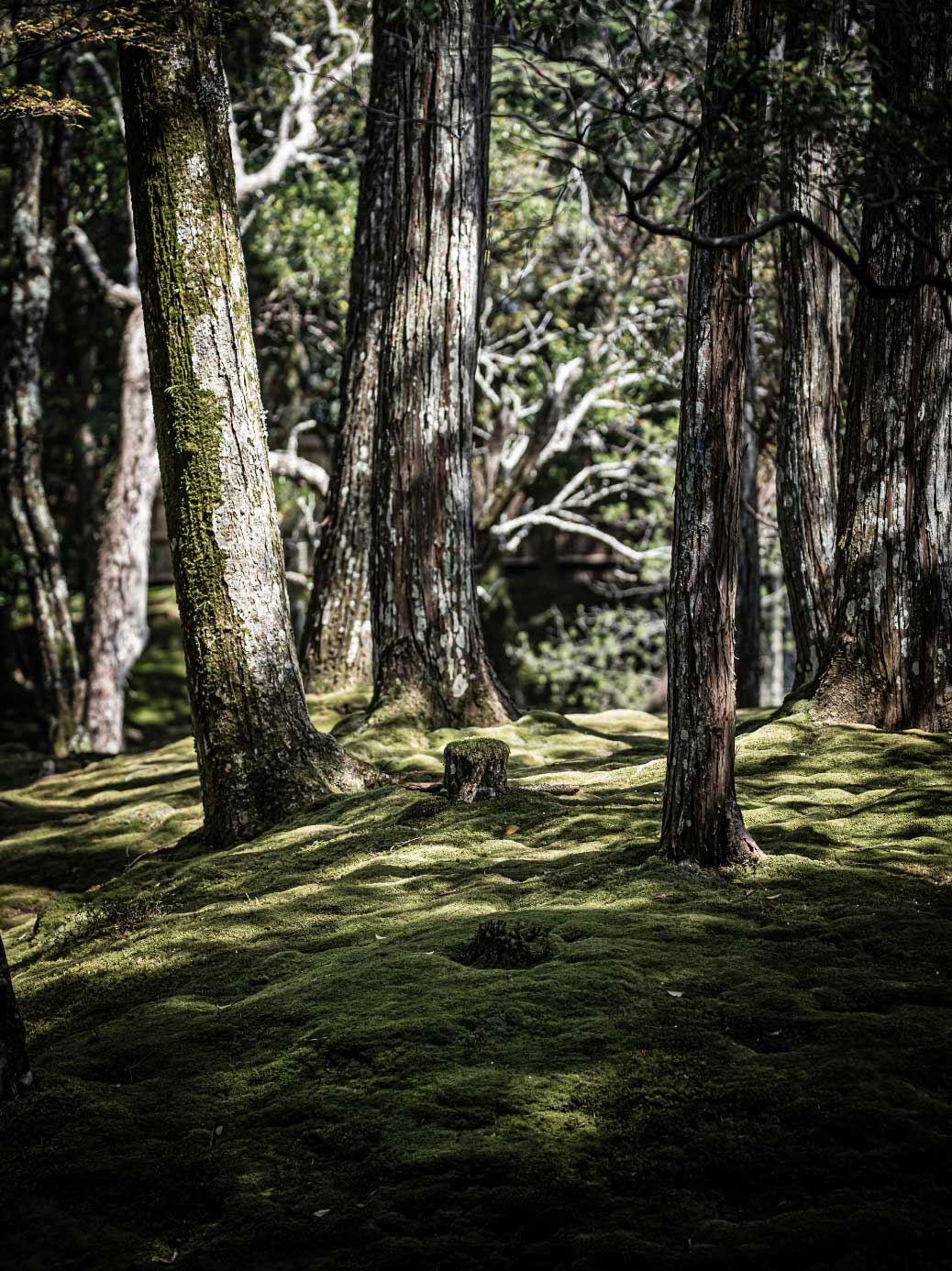
AIM OF JAPANESE BAUBIOLOGIE
As Japan has four seasons and a humid environment,
it is essential to promote Baubiologie that meets such particularities of Japan.
For example, use of rainwater is one of them.
Collect water underground, pump it without electricity,
and drain into the garden.
The wind from the puddle in the garden helps to stay cool in summer.
Other examples are to select cedars that are highly resistant
to moisture for the floor boards on the first floor,
where moisture is high; to paint a wall made of soil that absorbs water
but has high water-repellent ability; or to put paulownia wood
with a high sterilizing effect on the ceiling of the closet.
Baubiological ideas can be utilized effectively everywhere.
To realize such optimization, not just architecture
but a wide range of knowledge needs to be used.
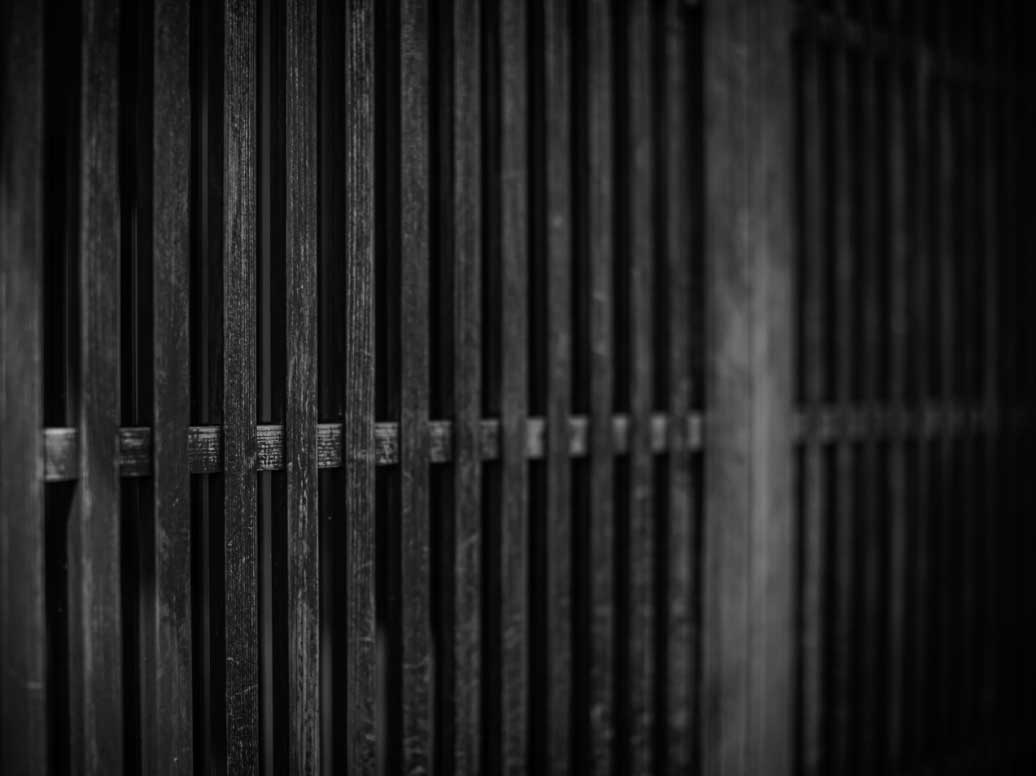
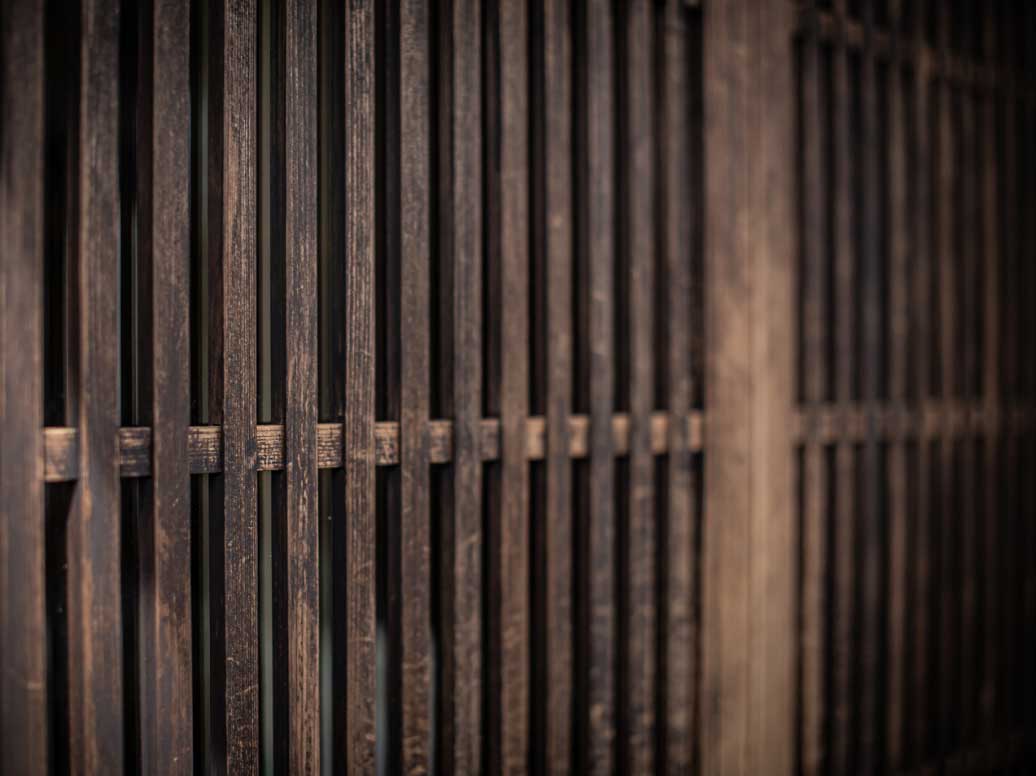
BAUBIOLOGIE
OPTIMIZED IN KYOTO MACHIYA
What we are proposing is not a pre-modern out-of-date architecture.
We are aiming to create a house that is friendly to both people
and the environment by combining present technology and classic wisdom.
One of them is the Baubiologie used in a machiya in Kyoto.
Under current Japanese law, it is not allowed to rebuild a machiya,
but Kyoto has the culture to protect machiyas by ordinance.
We want to maintain the aesthetics of Kyoto's machiya,
without giving any burden to the health and the global environment.
We promote Baubiologie that is harmonized with Kyoto machiya.
